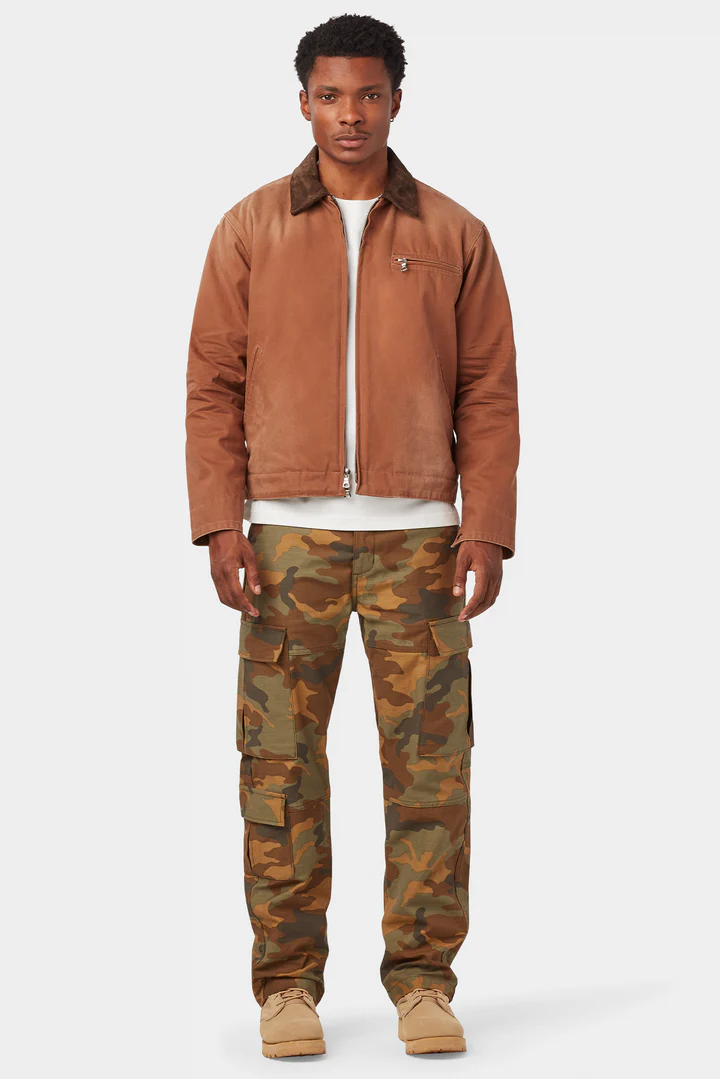- Joined
- Apr 10, 2011
- Messages
- 27,320
- Reaction score
- 69,991
An experienced cutter and tailor on this board is of course welcome to correct me, but my understanding is that rock of eye places more emphasis on the fitting process relative to the other methods. The freehand method of drafting a formula is less "controlled," if you will, so it's necessary for the cutter to see how the first draft of the garment fits on the client, and then edit from there. With the other methods, the tailor is more likely to arrive at something reasonably controlled, and the image of what he's trying to strike in his head is more likely to overlap with what the fitter might have in his head. I don't believe that's so with rock of eye.
Put another way, if we were to have three people - the cutter, fitter, and client - each will come to the process with an idea of what the suit should look like. If we let the cutter draft the pattern through a block pattern (just to take one example), it's easier for to get an overlap between what's in the cutter's head and what's in the fitter's head. It's also very repeatable. The first draft tends to be in the same ballpark as it is for other clients. If we let the cutter draft it freehand - and this isn't to say he's more likely to cause errors - it's more likely that that he would benefit from seeing the jacket on the client himself, so that he knows exactly what needs to be edited. Fitters (who are not tailors) typically only have a very rudimentary understanding of tailoring, so they'll be able to account for some things, but not for others. Having someone like that on board is easier if you can work with a block pattern than if you go freehand.
That is my understanding anyway. I very much welcome corrections.
Put another way, if we were to have three people - the cutter, fitter, and client - each will come to the process with an idea of what the suit should look like. If we let the cutter draft the pattern through a block pattern (just to take one example), it's easier for to get an overlap between what's in the cutter's head and what's in the fitter's head. It's also very repeatable. The first draft tends to be in the same ballpark as it is for other clients. If we let the cutter draft it freehand - and this isn't to say he's more likely to cause errors - it's more likely that that he would benefit from seeing the jacket on the client himself, so that he knows exactly what needs to be edited. Fitters (who are not tailors) typically only have a very rudimentary understanding of tailoring, so they'll be able to account for some things, but not for others. Having someone like that on board is easier if you can work with a block pattern than if you go freehand.
That is my understanding anyway. I very much welcome corrections.



